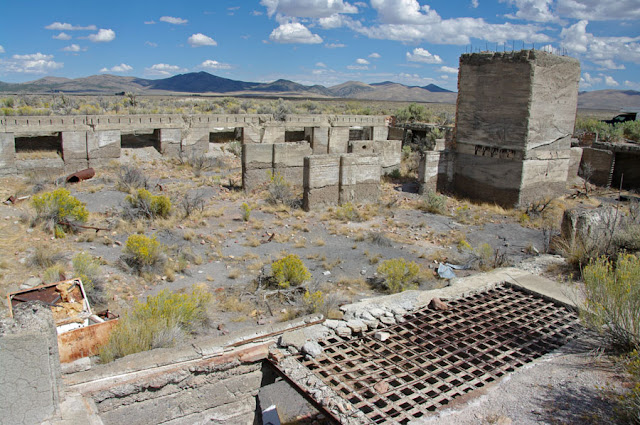Joe's Gap is a small, but pretty, canyon that cuts through the hills just three miles from my home in Montpelier, Idaho.
This has been an amazing year for fall color in the Bear Lake Valley, with the red, yellow, and orange maples producing masses of color. But smoke from several monster wildfires has made the color difficult to enjoy. Joe's Gap is a good place to get into the trees away from the smoke.
The fallen leaves create a carpet of color on the trail where it enters the canyon.
As the trail climbs, the canyon gets more narrow and darker, so water droplets stay on the leaves until late in the day.
Joe's Gap climbs steeply into the hills with spectacular cliffs towering over the narrow gap. When the sun gets high overhead the autumn leaves glow with backlight.
The color is more muted on the valley floor, out of the direct sunlight.
The muted light allows for long exposures, so I tried zooming the lens for about 0.5 second, creating this dynamic effect.
I wonder how Joe's Gap got its name? Who the heck was Joe anyway? This autumn, Joe's Gap was a very special place.
UPDATE - 04/08/15 - Thank you, George Lane, for telling me that Joe's Gap was named after Joseph Phelps, an early settler in Bennington, Idaho
















